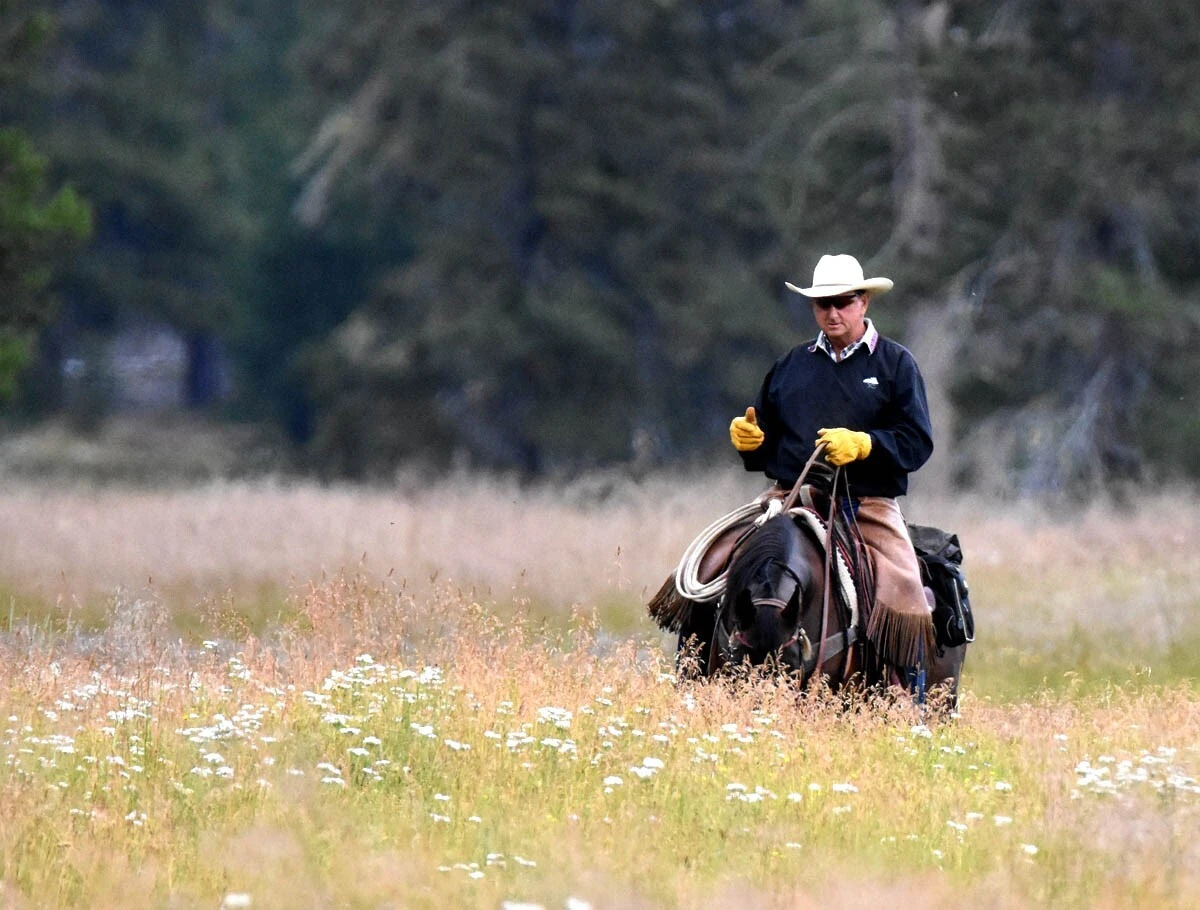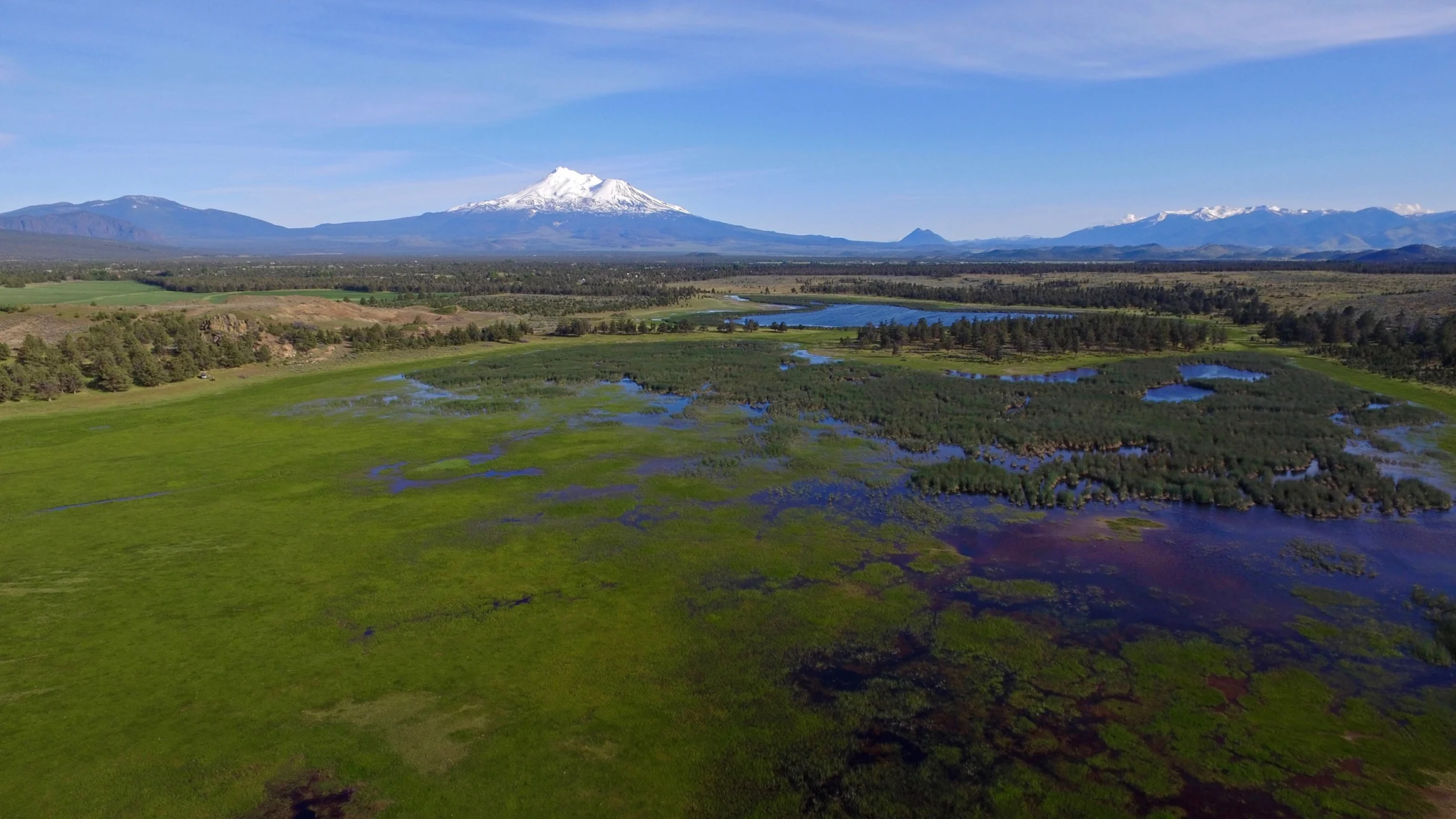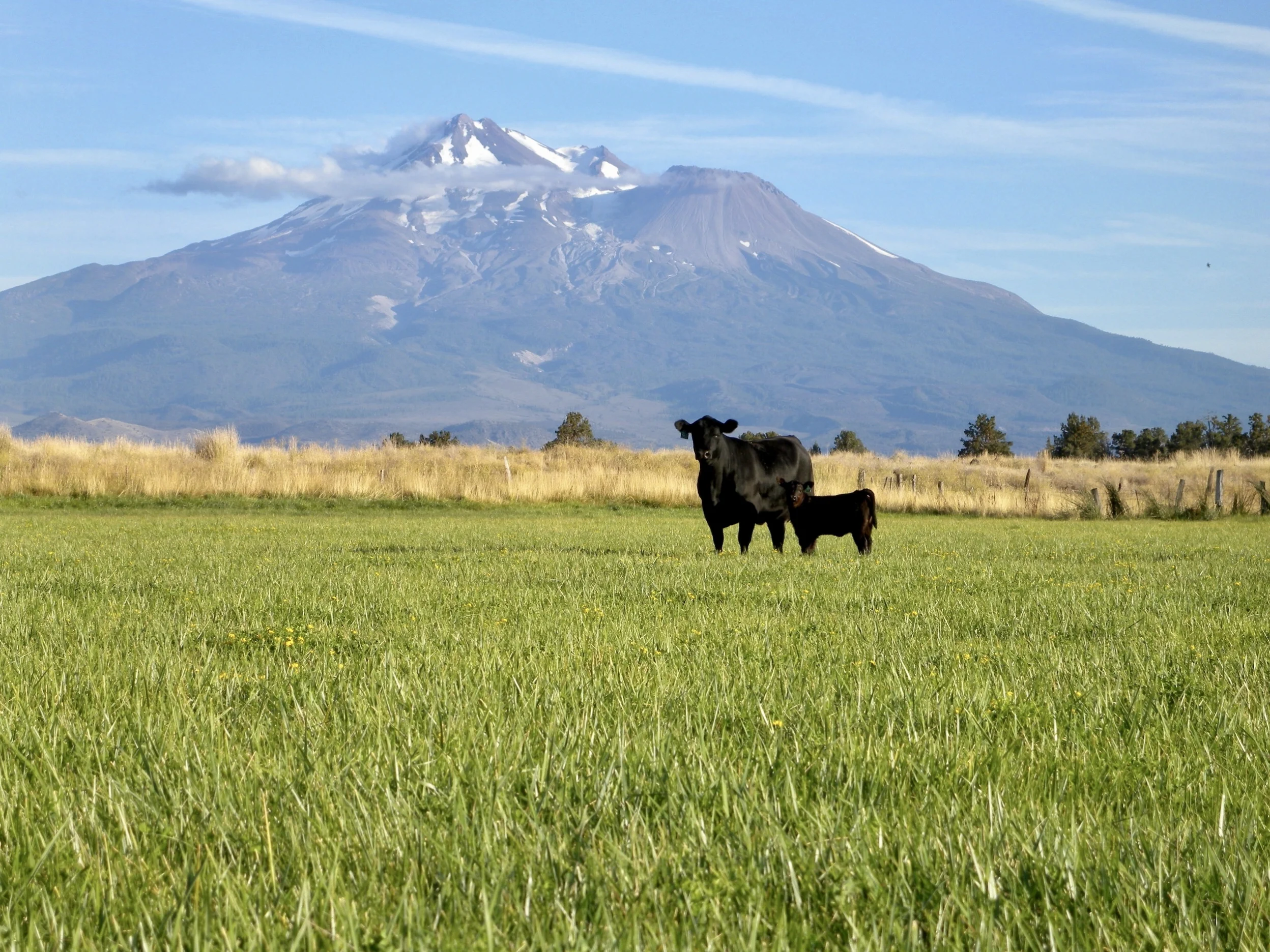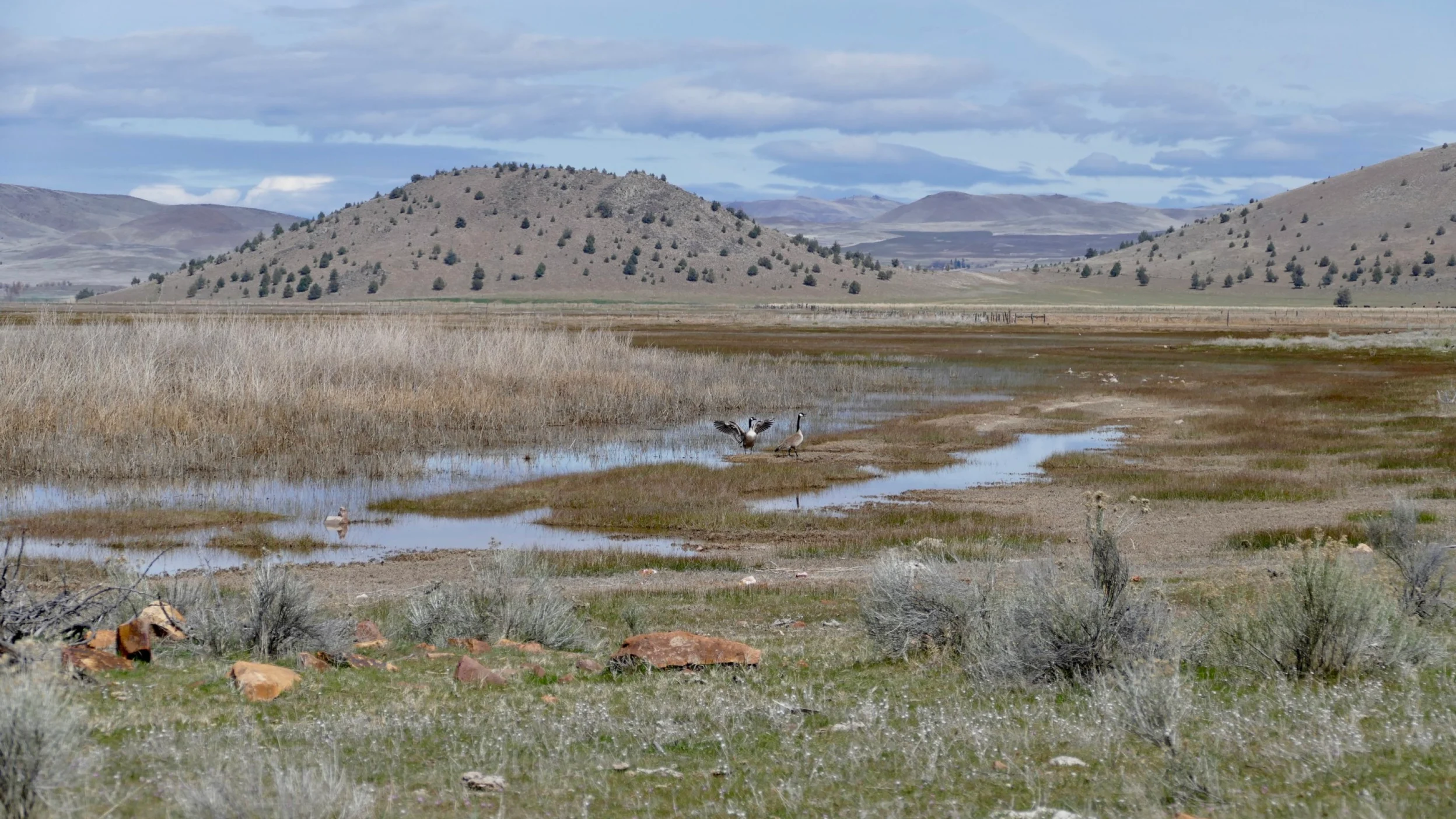Farmers’ stories
Hart Ranch
Alex Hart

This piece is part of a month-long series about what farming is like today. Stay tuned for more stories like Alex’s and follow along on social with @Tillamook and #AllForFarmers. By purchasing Tillamook all month long, you can support the work of American Farmland Trust who are helping farmers nationally get ready for the future.
The land is alive
Farmers know that land doesn’t just provide life, it is alive. They also know that this living land, the source of our food, is disappearing. The land itself doesn’t just vanish; no ocean has swallowed up the arable acres. Farmland disappears when it changes hands, leaving the hands that tilled and tended and falling into the hands of developers and builders.
2,000 acres of farmland are lost each day across the US simply because selling land to property developers makes more money than selling it to farmers; green acres become carpeted square footage when landowners sign on the dotted line. This has drastic implications on our ability to produce food, protect the environment, and keep farmers afloat.

Generations of work
The Hart Ranch in Northern California stretches from the Little Shasta ranch valley floor to Butte Creek Ranch up the mountain. Since 1852 this land has been looked after by the Hart family. Alex Hart and her parents, Blair and Susan, are the 5th and 6th generation of Harts to care for the ranch.
The generations-long effort to keep the ranch healthy, productive, and in the family is one way to make sure the land never becomes developed. However, not all farms are so lucky. According to the American Farmland Trust, farmers age 65 and older currently own more than 40 percent of the agricultural land in the United States. This means that about 1/3 of farmland will change hands in the next 15 years. Much of it will cease to be farmland.
Passing the land from generation to generation of farmers helps maintain ownership but doesn’t solve the issue completely. “Much of our success is owed to the partnerships we have with various nonprofits and governmental agencies” Alex recognizes. Without protective policies in place, the incentive of land owners to keep their land as farmland just isn’t there.

An ecosystem of harmony
“My parents and I believe that farms and ranches exist as a part of these vast and complex ecosystems, not in spite of them” says Alex. Not only does preserving farmland mean more food grown and more profitable farms, it also means healthier land. As Alex knows well, farmers are the best stewards of land;
“The US agricultural market has been driven by sustainability issues for many years now, and is arguably the most advanced food supply chain in the world that focuses on sustainability issues.”
Farmers may be the shepherds of the land but, unfortunately, they can afford fewer and fewer acres to care for each year. The American Farmland trust acknowledges that
“when no two years are alike, farmers must constantly innovate and adapt to make a living for their families.”
Property developers are well aware of this uncertainty and are willing to use it as leverage to purchase land out from under farmers.

Promise land
Farmland is valuable in more ways than one. It is valuable because of the food it provides, and it is valuable in a monetary sense. To keep farmers in control of their land, financial constraints must be alleviated. That’s where easement comes in. When land is declared valuable, the property taxes go up. Often, these taxes exceed what farmers and ranchers are able to pay; this opens the door for developers. Easement is a way to permanently protect this important land by creating a land conservation policy that permanently lowers the value of the property and drastically decreases the property taxes for the owners. This workaround helps the farmers afford the land but it does not fully mitigate the financial burden.
Farmers helping farmers
The unpredictability of the pandemic severely disrupted farmers supply chains and has caused significant economic strain for many multi-generational farms. As a farmer-led dairy co-op, Tillamook is acutely aware of these pressures. This is why Tillamook is partnering with American Farmland Trust (AFT) to raise awareness and funds to help farmers through this financially unstable time. Approximately half of Tillamook’s donations will go to grants to help to preserve land on at-risk farms. Another half of the donations will go directly to farmers to help them access land, improve land security, expand production, and continue to thrive.
How can consumers help?
These easement grants and protective policies are mainly supported by nonprofit and government agencies. Alex shares that the main thing consumers can do to help reverse the trend of disappearing farmland is to “support those nonprofits that are actively working with landowners to help implement sustainability projects.”
This is a struggle between condos and crops, ranches and retail. The land is valuable and things of value must be protected by the people who respect their true worth.